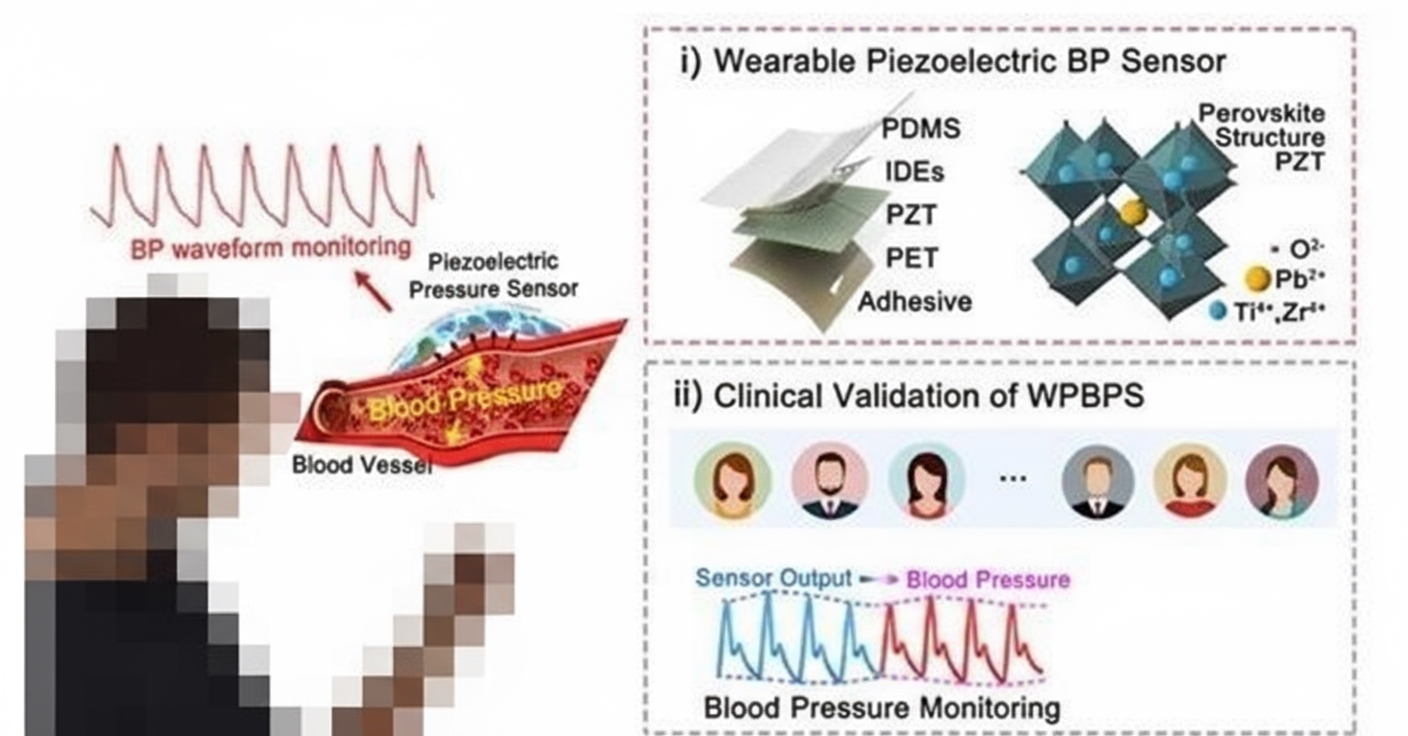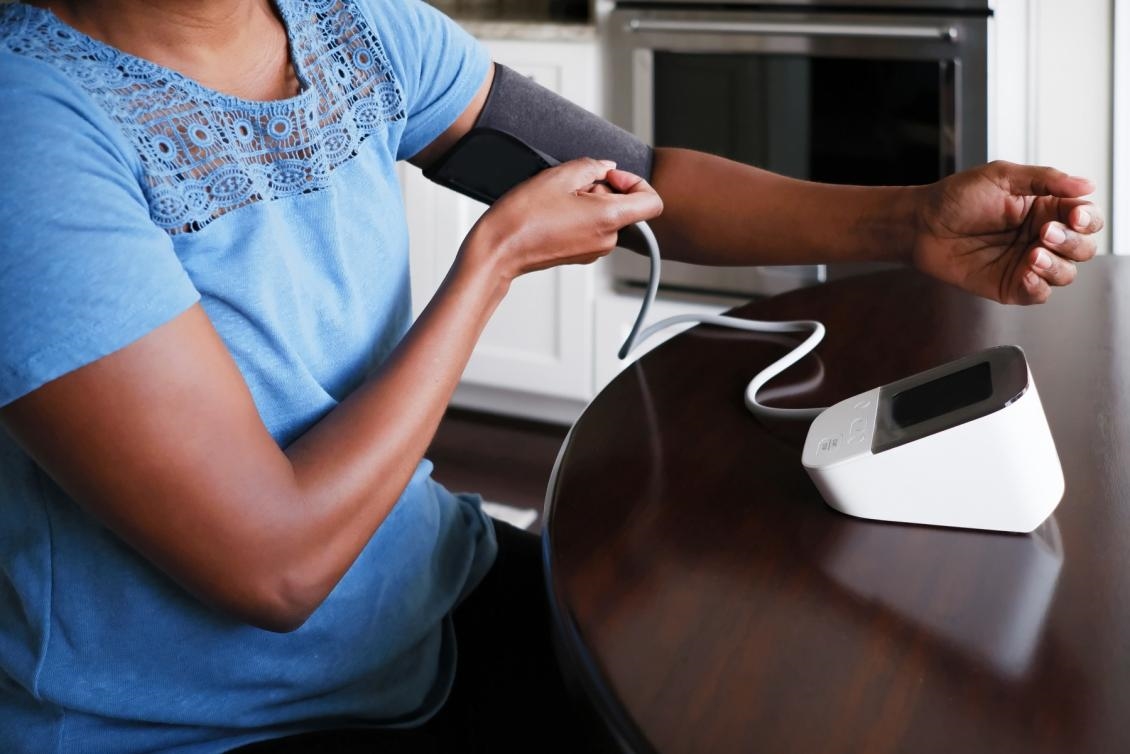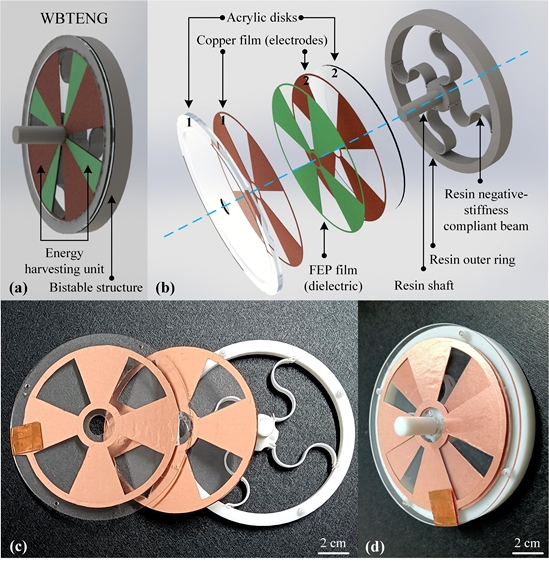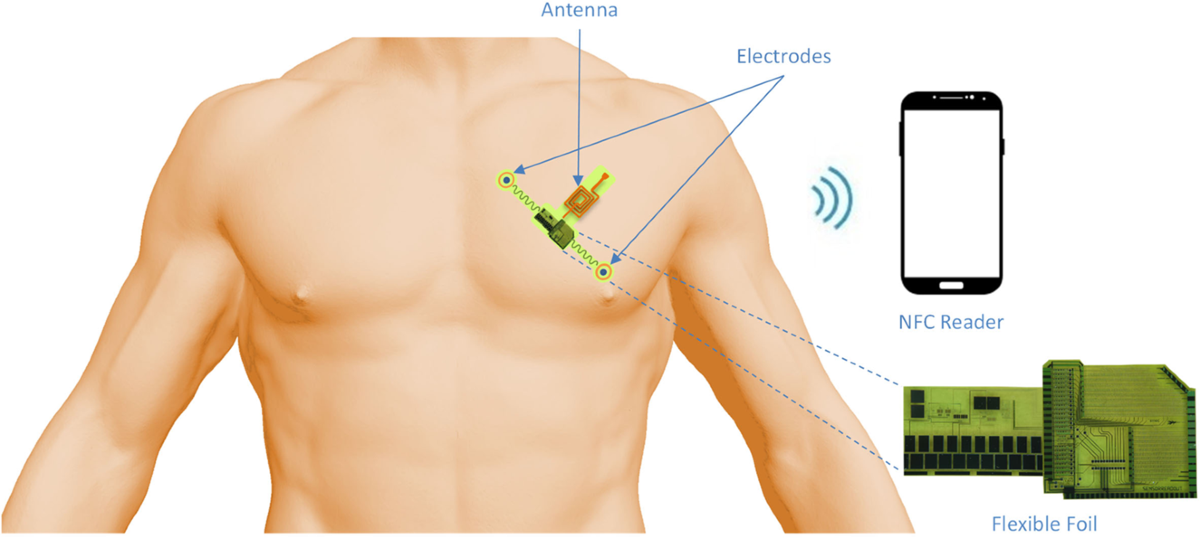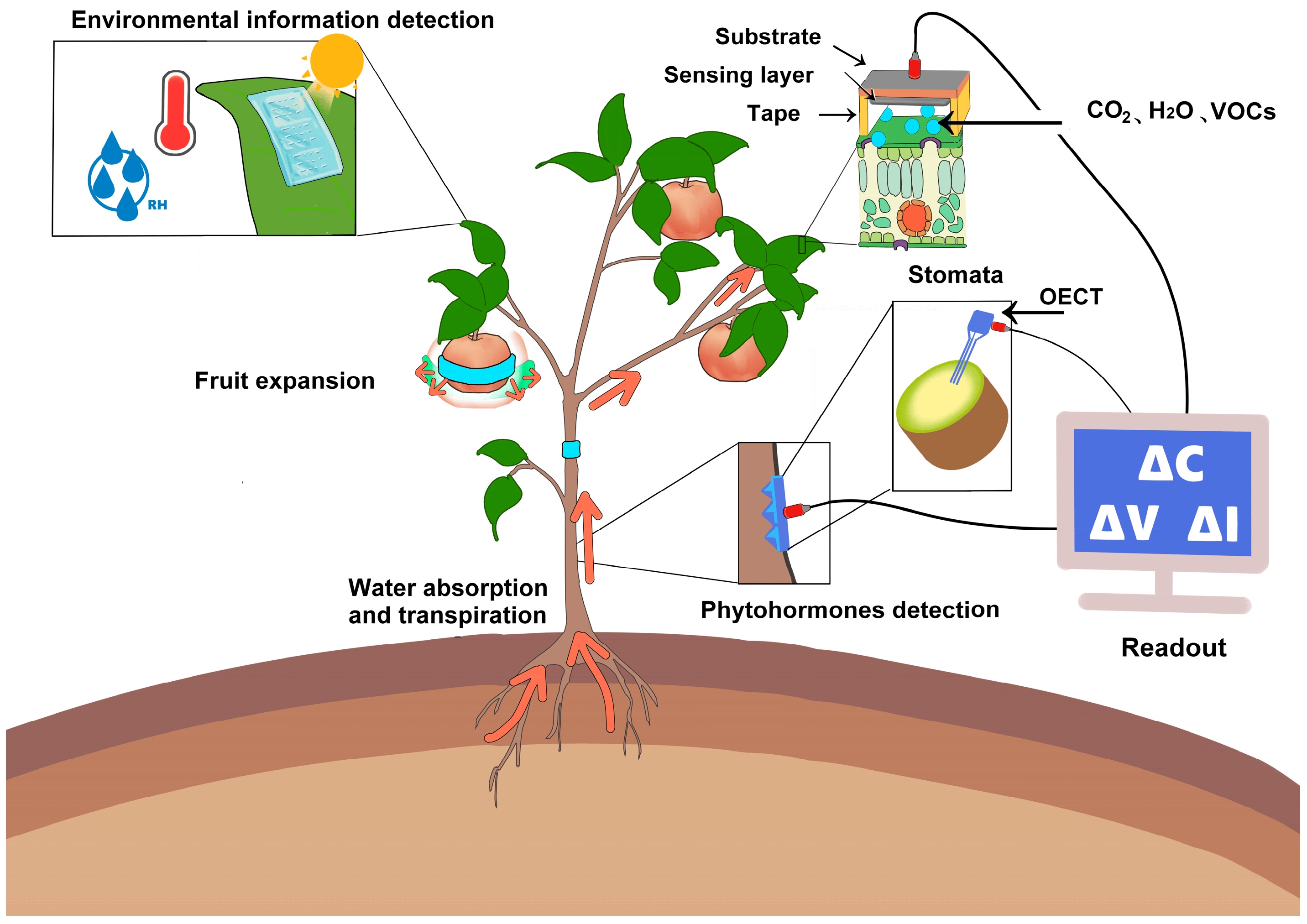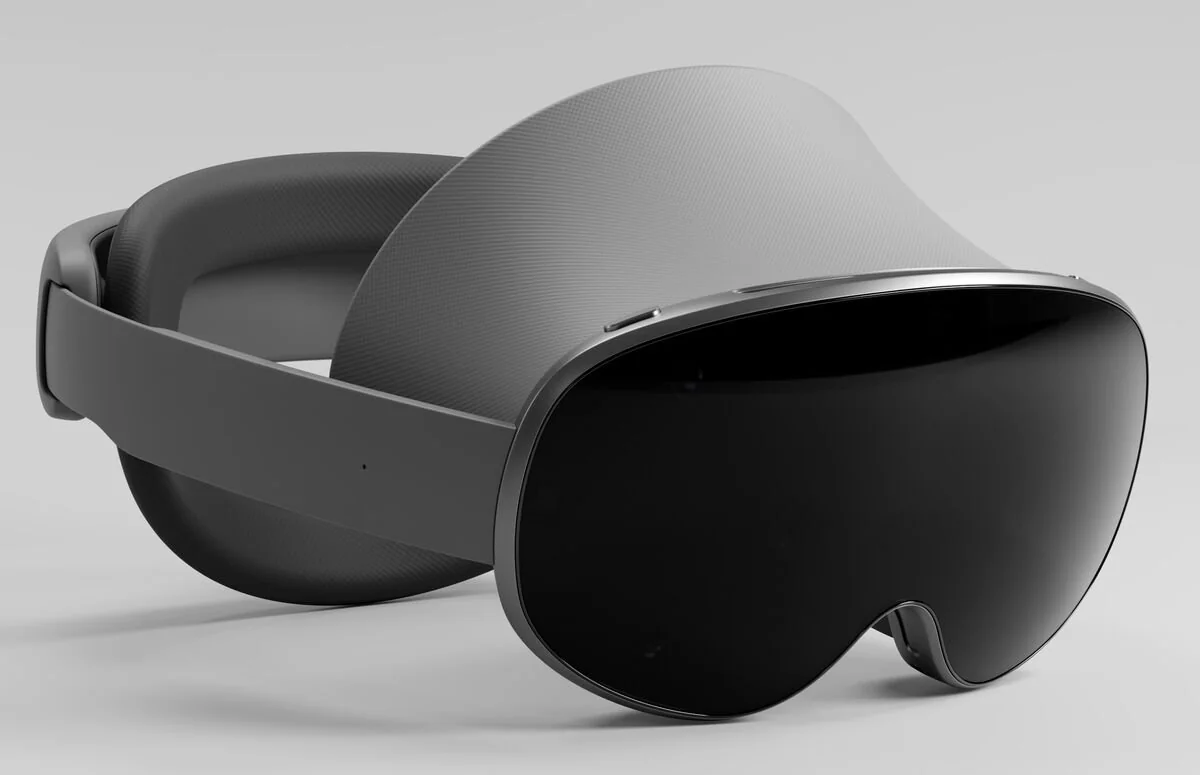
The origin of MR headsets traces back to the development and convergence of virtual reality (VR) and augmented reality (AR) technologies.
As VR and AR advanced, some manufacturers began combining the two, producing MR headsets that integrate virtual and augmented reality functions to provide richer interactive experiences. MR headsets use sensors to track the user's head movements and overlay virtual elements onto the user's real environment through displays.
With technical progress, MR headsets have improved image quality, response speed, and tracking accuracy. Device size and weight have also been reduced to improve user comfort and convenience.
The emergence of MR headsets reflects the ongoing convergence of VR and AR, offering a platform that blends virtual and real interactions and extending immersive application scenarios. As technology advances, MR headsets are likely to provide further functional and experiential improvements.
MR headset capabilities
MR (mixed reality) headsets combine elements of virtual reality (VR) and augmented reality (AR) and provide a range of functions and experiences. Common capabilities include:
- Immersive virtual reality: MR headsets can deliver immersive VR experiences that make users feel present in a virtual 3D environment.
- Augmented reality overlay: MR headsets can recognize and track real-world objects and overlay virtual images, information, or graphics onto the physical environment, enabling a blend of real and virtual content.
- Gesture recognition and tracking: Some MR headsets use sensors and cameras to track hand gestures and body movements, allowing gesture-based interaction and control of virtual objects.
- Spatial mapping and tracking: MR headsets can map and track the physical space around the user to ensure virtual elements interact consistently with real objects.
- Visual projection: Certain MR headsets can project virtual images or information onto surfaces in the user's view or around them, creating mixed visual experiences.
- Virtual screens and displays: Users can view virtual screens for watching video, browsing web content, or viewing documents within the virtual environment.
- Multiuser collaboration: Some MR headsets support multiple users interacting simultaneously in the same virtual environment for collaboration and social interaction.
- Position tracking and freedom of movement: MR headsets can track user position and movement, enabling free movement within a space while interacting with the virtual environment.
Specific features and performance vary by brand, model, and technical level. Select devices based on requirements and follow applicable operating and safety guidelines.
MR imaging principles
MR (magnetic resonance) imaging, also known as magnetic resonance imaging (MRI), is a medical imaging technique that uses magnetic fields and radiofrequency pulses to generate detailed images of the body's internal structures. The main principles are:
- Atomic nucleus spin: Atomic nuclei in the body, mainly hydrogen nuclei, possess spin, which is their intrinsic angular momentum.
- Magnetic resonance phenomenon: When nuclei are placed in a strong magnetic field, their spins undergo a small rotation around the field direction called precession; this is the magnetic resonance phenomenon.
- Precession frequency: The precession frequency of the nuclei depends on their environment and the strength of the applied magnetic field.
- RF pulses: To produce images, the MR system transmits a radiofrequency pulse to a targeted region within the magnetic field, briefly perturbing the nuclei's spin.
- Echo signals: The perturbed nuclei emit echo signals that contain information about their environment and tissue properties.
- Signal reception and processing: Receiver coils capture and measure the strength and timing of the echo signals. A computer processes these signals to form images.
- Spatial encoding: To localize the signal source, the MR system applies spatial encoding using gradient magnetic fields, which vary the magnetic field distribution in space to encode position information.
- Image reconstruction: By processing and analyzing the acquired signals, the computer reconstructs images that reveal detailed tissue and organ structures.
In summary, MR imaging uses magnetic resonance and radiofrequency pulses to obtain detailed internal structural information. Signal processing and reconstruction produce high-quality images that help clinicians perform accurate diagnosis and treatment planning.
 ALLPCB
ALLPCB



